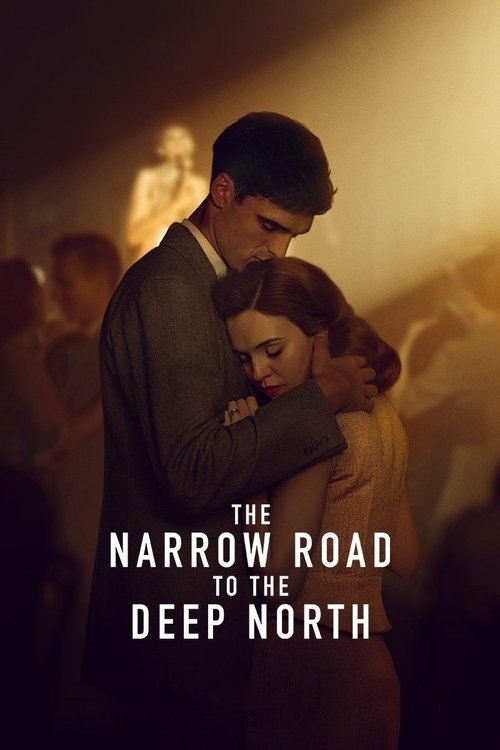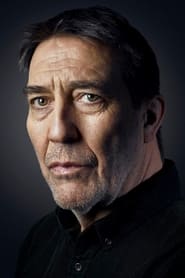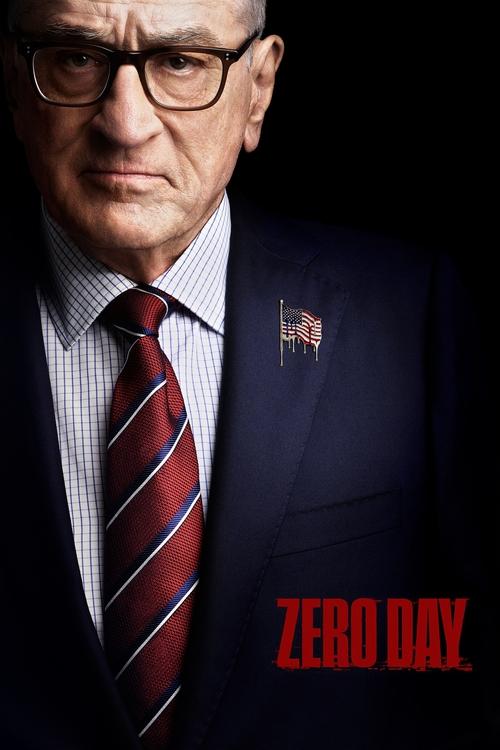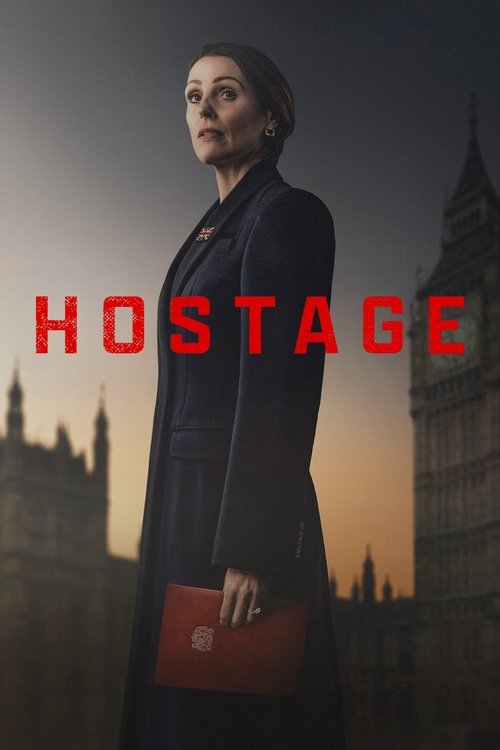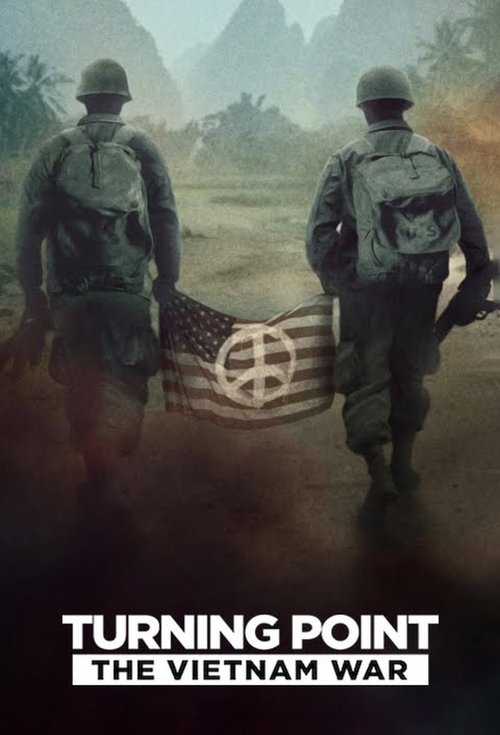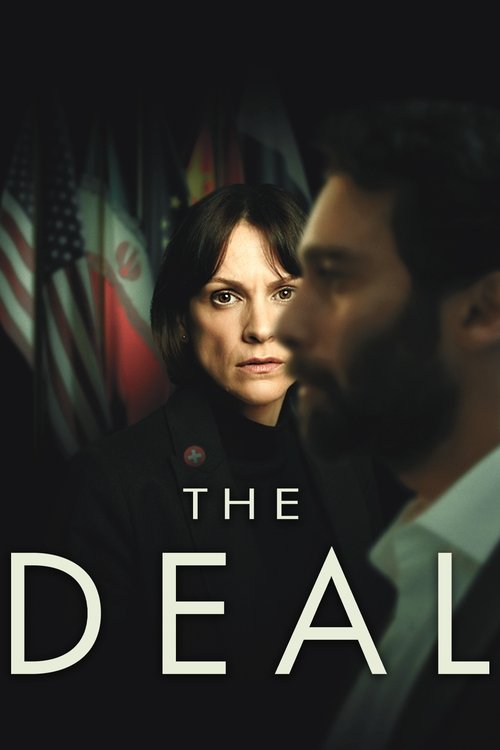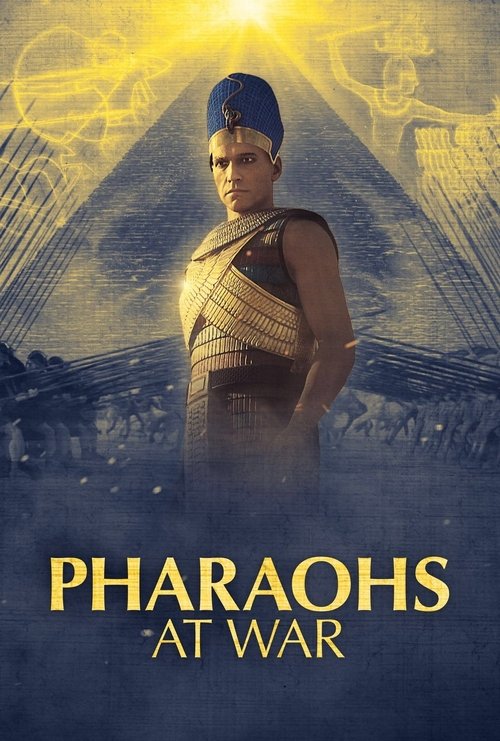
Ask Your Own Question
What is the plot?
The Narrow Road to the Deep North begins with the young Dorrigo Evans growing up in Australia, establishing his early life and family background. As a young man, Dorrigo becomes a surgeon and enlists in the Australian army during World War II. He is deployed to the Pacific theater, where he participates in the Battle of Java. During this battle, Dorrigo is captured by Japanese forces and sent to a brutal prisoner-of-war camp in Burma, where he is forced to work on the construction of the Burma Railway, also known as the "Death Railway" due to the horrific conditions and high mortality rate among the prisoners.
Before his capture, Dorrigo engages in a brief but intense love affair with Amy Mulvaney, who is the wife of his uncle. This affair lasts only five or six weeks during a summer, but it profoundly affects Dorrigo and haunts him throughout his imprisonment and later life. Amy represents a fleeting moment of love and innocence that contrasts sharply with the horrors of war he endures.
At the POW camp, Dorrigo serves as a medical officer, struggling to keep his fellow prisoners alive amid starvation, disease, and brutal treatment by the Japanese guards. The camp is commanded by a harsh Japanese officer named Kota, whose cruelty makes life unbearable for the prisoners. Dorrigo's leadership and medical skills become crucial in saving lives, but he is constantly tormented by the suffering around him and the memory of Amy.
Throughout his imprisonment, Dorrigo faces numerous challenges, including forced labor, malnutrition, and the constant threat of death. The series depicts detailed sequences of the prisoners' daily struggles, including the construction of the railway, the punishments inflicted by the guards, and the camaraderie and despair among the men. Dorrigo's internal conflict is also shown as he grapples with guilt over his affair with Amy and his inability to protect his men fully.
After the war ends, the narrative shifts to the present day, where an older Dorrigo Evans, now a celebrated war veteran and surgeon, lives in Australia. Despite his fame, he remains emotionally distant and unfaithful to his wife Ella. He is haunted by the ghosts of his past, particularly the memory of Amy, who he learns was killed in a fire while he was still imprisoned. The series shows Dorrigo's struggle to reconcile his past with his present, as he is unable to find peace or closure.
In the final episodes, Dorrigo suffers a fatal car crash. In his last moments, past and present collide as he imagines himself back in the jungle of the POW camp, revisiting the site of his greatest trauma. The series ends ambiguously, with Dorrigo's vision of Amy appearing to him, their eyes meeting silently, symbolizing the enduring impact of his lost love and the irreparable damage of war.
Throughout the series, the Japanese characters, especially Kota and Nakamura, are portrayed mostly as antagonistic forces, with limited exploration of their motivations. A post-war meeting between Kota and Nakamura reveals some complexity, but the focus remains on the suffering of the Australian prisoners and the brutal conditions they endured.
The story is told in a nonlinear fashion, interweaving Dorrigo's childhood, his wartime experiences, his affair with Amy, and his later life, providing a comprehensive view of how these events shape his character and fate.
What is the ending?
The Narrow Road to the Deep North ends with Dorrigo Evans attending a book launch about his POW experiences, giving a speech on the horrors of war, and then dying in a fatal car accident shortly afterward. Before the crash, he has a flashback where he briefly sees Amy, a woman from his past who had died years earlier. The surviving prisoners return home, and Japanese soldiers Kota and Nakamura go into hiding as war criminals.
In the final scenes of The Narrow Road to the Deep North, the narrative unfolds as follows:
Dorrigo Evans delivers a poignant speech at a museum event marking the release of a book chronicling the suffering endured during the construction of the railway. He reflects on the immense pain and loss, stating that those who lived will never forget the horrors, and that the railway itself is now overgrown with weeds, symbolizing the futility of the suffering.
Following the event, Dorrigo drives home. During this drive, he experiences a vivid flashback where he believes he sees Amy, a woman from his past with whom he had a complicated relationship. They make eye contact briefly before she disappears into the crowd. This moment is bittersweet, as the audience knows Amy died in a fire years earlier, making this encounter a haunting vision rather than reality.
Shortly after this flashback, Dorrigo is involved in a fatal car crash. The series presents this moment as a collision of past and present, with Dorrigo mentally returning to the jungle where he endured his greatest trauma. The show leaves ambiguous whether he finds peace in this moment, emphasizing the bleak and unresolved nature of his experiences.
Meanwhile, the story also shows the fate of other key characters. Kota and Nakamura, Japanese soldiers involved in the railway's construction, are seen appreciating the completed railway with other soldiers. However, by 1946, both are in hiding as war criminals due to their roles in the death of Sergeant Frank. Some Japanese soldiers have been executed for war crimes, but Kota and Nakamura evade capture.
The surviving Australian prisoners of war return home. A flashback depicts them attending Dorrigo's wedding, sharing beer, and honoring their fallen comrade Frank by releasing fish into a river, symbolizing remembrance and mourning.
Dorrigo's personal life is marked by turmoil. After the war, he marries Ella but harbors disdain for her privately. He has an affair with Lynette, a colleague's wife, which eventually becomes known to his wife and colleagues, damaging his reputation and relationships.
Thus, the ending interweaves Dorrigo's public recognition and private regrets, the fates of the Japanese soldiers, and the return of the POWs, culminating in Dorrigo's tragic death and a haunting reflection on memory, trauma, and loss.
Is there a post-credit scene?
The TV miniseries "The Narrow Road to the Deep North" (2025) does not have any documented post-credit scene. Available detailed plot summaries and ending explanations focus on the main narrative closure involving the protagonist Dorrigo Evans coming to terms with his past and personal failings, but no mention is made of a post-credit scene or additional footage after the credits.
The ending centers on Dorrigo's reflections on his traumatic experiences as a prisoner of war and his complicated personal relationships, culminating in his death following a traffic accident shortly after a book launch event. This conclusion is presented as the final narrative moment without indication of extra scenes beyond the credits.
Therefore, based on current information from reviews, plot analyses, and credits listings, there is no post-credit scene in season 1 of "The Narrow Road to the Deep North" miniseries.
What are the 5 most popular questions people ask about the content of The Narrow Road to the Deep North, season 1 Miniseries (2025), excluding overall plot and ending?
The five most popular questions about the story content of The Narrow Road to the Deep North (2025) miniseries, excluding the overall plot and ending, are: 1. How does the series portray the experiences of Australian POWs working on the Thai-Burma railway during World War II? 2. What is the significance of the three timelines used in the storytelling, and how do they interconnect? 3. How are the themes of love, brutality, and survival explored through the main characters? 4. What role does the cinematography and atmosphere play in conveying the harshness of the war and POW camp conditions? 5. How accurately does the series depict the historical and cultural aspects of the time, including language and accents? These questions arise from viewer discussions and reviews highlighting the series' focus on war brutality, timeline structure, character development, visual style, and historical authenticity.
Is this family friendly?
The 2025 miniseries "The Narrow Road to the Deep North" is not family friendly due to its mature and intense content. It contains severe violence and gore, including graphic torture scenes and a detailed surgical scene with strong gory detail. There are also moderate sexual content and nudity, including sex scenes and male and female nudity. The series features mild profanity and moderate alcohol, drug, and smoking use. Additionally, it has severe frightening and intense scenes that may be upsetting for children or sensitive viewers.
Potentially objectionable or upsetting aspects include:
- Graphic violence such as a man's head being sliced off and horrendous beatings.
- A graphic torture scene.
- Moderate sexual nudity and sex scenes.
- Intense and frightening war-related trauma and suffering.
- Moderate use of alcohol, drugs, and smoking.
- Mild use of profanity.
These elements make the series unsuitable for children and sensitive audiences.
Does the dog die?
In the TV show "The Narrow Road to the Deep North," season 1 titled "Miniseries" (2025), the dog does not die. According to viewer reports and animal-related content warnings, no dog death is indicated in the series. There is mention of a donkey appearing early in episode 1, but it is not harmed, and no dog death is reported or confirmed by viewers or trigger warnings on animal deaths in the show.
The available information from animal death tracking sources specifically shows no evidence or reports of a dog dying in this series, and the animal-related content focuses on other animals like a donkey or horses, none of which die on screen.
Therefore, based on current detailed viewer and content reports, the dog survives throughout the miniseries.

